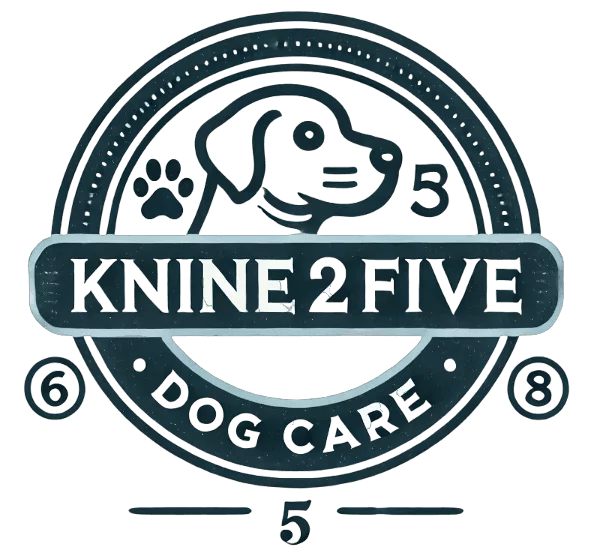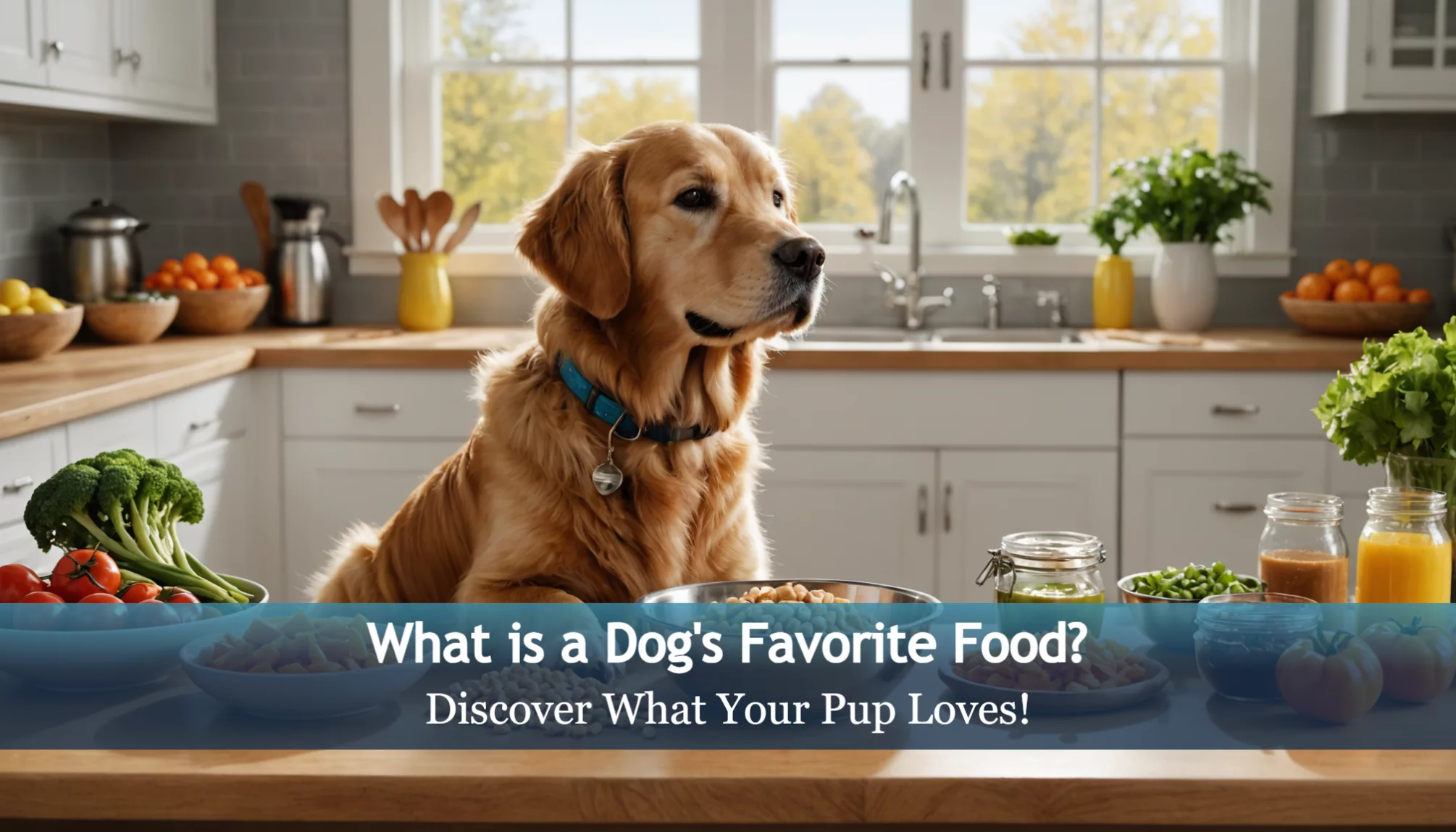Every dog parent knows that mysterious look – the one where your furry friend stares longingly at their food bowl, making you wonder what is a dog’s favorite food beyond their regular kibble. Just like humans, our four-legged companions have unique taste preferences that can make mealtime either exciting or challenging.
Understanding what makes your pup’s tail wag at dinner time isn’t just about treats and rewards – it’s about keeping them healthy and happy. From protein-rich meats that satisfy their inner wolf to safe fruits and vegetables that provide essential nutrients, we’ll explore the foods that dogs truly love. Get ready to discover why certain foods make your canine companion drool, learn about healthy options that are both nutritious and delicious, and find out how to make mealtime the highlight of your dog’s day!
What Is a Dog’s Favorite Food?
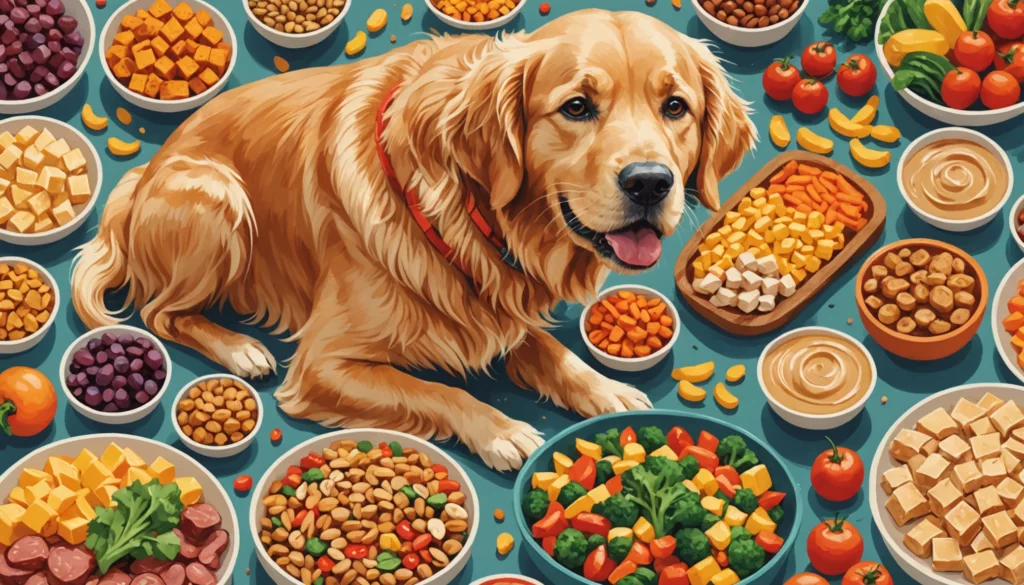
Dogs often crave foods that match their carnivorous ancestry and keen sense of smell. You may notice they go straight for meat-based proteins packed with nutrients. These choices align with what is a dogs favorite food across many breeds. According to American Kennel Club, meaty options also help support a balanced diet and keep pups active.
Top 5 Foods That Dogs Love to Eat
- Fresh Lean Meats
- Chicken breast
- Lean beef
- Turkey meat
- Fish (Especially Salmon)
- Rich in omega-3 fatty acids
- Strong taste and aroma
- Easy to digest
- Eggs
- Simple to cook
- Packed with complete protein
- Helpful for nourishing a healthy coat
- Plain Yogurt
- Features natural probiotics
- Smooth texture
- Offers calcium
- Peanut Butter (Xylitol-Free)
- Tasty treat for dog training
- High protein content
- Sticky, engaging texture
Understanding Your Dog’s Taste Buds
Your pup has fewer taste buds than humans, but they still detect sweet, sour, salty, bitter, and umami flavors. Their powerful nose usually guides them toward foods with strong aromas. Most dogs can’t resist meaty smells or fatty pieces like scraps of lean beef. Mixing small amounts of vegetables such as carrots or broccoli can add variety.
How to Determine Your Pup’s Favorite Foods
- Watch Behavior
- See which items get the most excited response
- Observe tail wagging or quick bowl cleanup
- Conduct Small Taste Tests
- Offer bite-sized pieces of different foods
- Check if specific items vanish faster
- Repeat Trials
- Try feeding your dog at different times
- Confirm consistent preferences
Common Food Preferences Across Different Breeds
Large breeds often enjoy bigger chunks of meat and crunchy textures. Small breeds may need softer pieces or warm food served in bowls of food that are easy to access. Working breeds typically require protein-packed meals to match their calorie intake. Keeping these factors in mind helps you find what is a dogs favorite food for your loyal companion.
Best Dog Foods: What Do Experts Recommend?
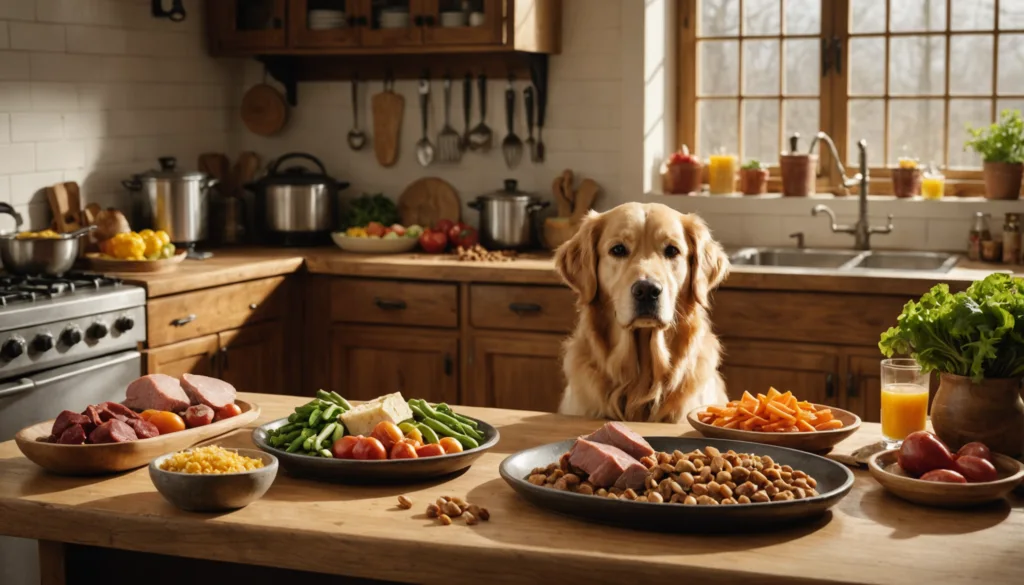
You may wonder what is a dog’s favorite food when you see those eager eyes near the dinner table. Many dogs enjoy peanut butter or lean meats, but each dog’s taste preferences can differ. Experts agree that a balanced diet with proteins, fats, and carbohydrates supports energy and overall wellness.
Nutritional Needs of Dogs
You need to include moderate levels of protein, healthy fats, and essential vitamins in your dog’s meals. The table below offers general guidelines:
| Nutrient | Purpose | Daily Need |
|---|---|---|
| Protein | Muscle maintenance | 1g per pound of body weight |
| Fat | Energy source | 0.5g per pound |
| Calcium | Bone health | 1g per 1,000 calories |
| Vitamin A | Vision & immunity | 5,000 IU per 1,000 calories |
| Vitamin D | Calcium absorption | 500 IU per 1,000 calories |
Comparing Commercial Dog Food Brands
High-quality brands often list real meat as the first ingredient and use named protein sources. They meet AAFCO standards and include balanced nutrients to reduce obesity risks. Look for formulas with minimal artificial additives and grain-inclusive options, unless a vet suggests otherwise.
Homemade Dog Food Recipes to Try
If you prefer to cook for your furry friend, try lean chicken, brown rice, and bite-sized vegetables. Add fish oil for omega-3 fatty acids to keep your dog’s coat healthy. Avoid toxic foods like garlic or chocolate, and introduce new recipes slowly.
Latest Research in Canine Nutrition
Studies suggest balanced omega-6 and omega-3 intake promotes healthy fur. Some research also links unnecessary grain-free diets to increased heart issues. Regular veterinary checkups help you adjust your pet’s meals for ideal nutrition.
The Role of Meat in a Dog’s Diet

Dogs thrive when they eat meat as part of a balanced diet. You might notice that meat often tops the list when you wonder what is a dogs favorite food. Their carnivorous ancestry shaped their bodies to process animal proteins, so many dogs enjoy the taste and smell of plain-cooked meats or raw meat.
Why Dogs Like to Eat Meat
Meat delivers high-value protein and key nutrients that keep canine friends active. You may see your pooch light up at the scent of turkey or lean beef because these foods match their ancestral diet. This natural preference often starts with their keen sense of smell, which detects meaty flavors quickly. For further insights, check out American Kennel Club.
Safety Considerations When Feeding Meat
Be sure to handle and store every cut of meat at safe temperatures. Raw meat can carry bacteria like Salmonella or E. coli, so careful preparation is important. Also, cooked bones may splinter and become toxic to dogs, so avoid giving them as treats. If you want to reduce the risk of choking or stomach problems, trim excess fat and cut meat into bite-sized pieces. For safety tips, visit FDA and AVMA.
Recommended Types of Meat for Dogs
Many dogs enjoy different foods that include chicken, turkey, lean beef, fish, and lamb. These options provide vital nutrients and can be used as part of an occasional treat or daily meal. Always keep an eye on portion sizes and adjust calorie intake based on your dog’s activity level. Explore top protein choices at ASPCA.
| Meat Type | Key Benefits | Best For |
|---|---|---|
| Chicken | Lean protein, easily digestible | Dogs with sensitive stomachs |
| Turkey | Low-fat, high protein | Weight management |
| Lean beef | Iron, B vitamins | Active dogs |
| Fish | Omega-3 fatty acids | Skin and coat health |
| Lamb | Alternative protein | Food sensitivities |
Raw vs. Cooked Meat Debate
Some owners believe raw foods align with a dog’s ancestral diet and may offer a burst of flavor. Others prefer cooking meat to kill bacteria and simplify digestion. Both methods can work if you handle meat safely and follow your vet’s advice.
Healthy Fruits and Vegetables Dogs Can Enjoy
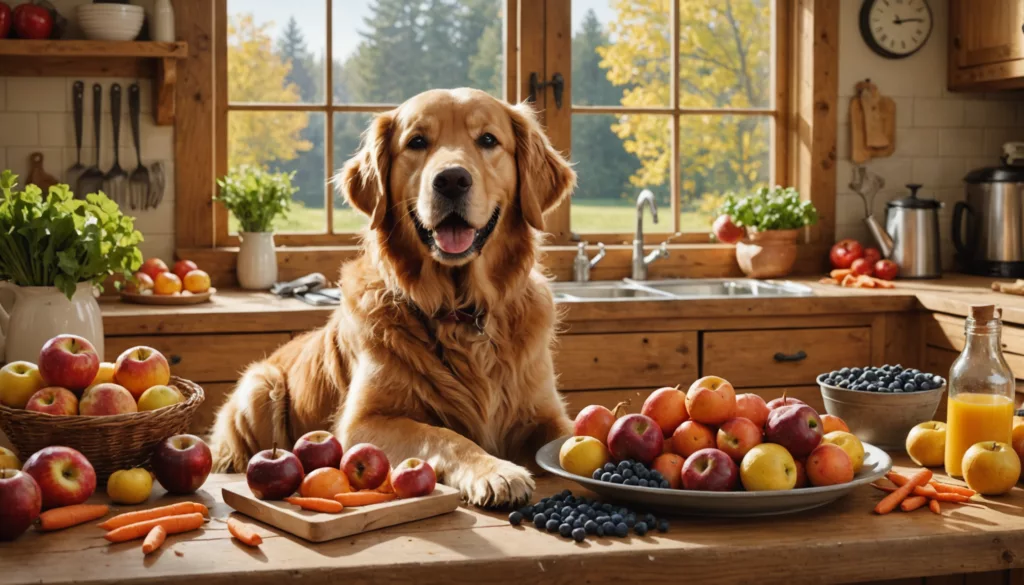
Dogs thrive on a balanced diet of high-quality food, but fruits and vegetables can also enrich their nutrition. Some wonder, “What is a dogs favorite food?” While most pups show a special fondness for meat, many enjoy sweet or crunchy produce as an occasional treat.
Dog-Safe Fruits: What Dogs Like to Eat
Safe fruit choices include apples without seeds, bananas, and blueberries. These foods offer vitamins and fiber while staying low in fat. Watermelon (without rind and seeds) and cantaloupe help keep dogs hydrated during warm months.
Nutritional Benefits of Vegetables for Dogs
Vegetables offer essential nutrients, such as beta-carotene and fiber. Carrots and green beans are popular for their crunch and low-calorie content, and cooked broccoli supports a balanced diet. Sweet potatoes and pumpkin may help regulate digestion.
Tips for Introducing New Foods to Your Dog
Introduce one vegetable or fruit at a time and monitor for signs of discomfort. Cut produce into bite-sized pieces and wash thoroughly. Use small amounts during dog training or when feeding your dog to prevent an upset stomach. Keep portions under 10% of total calorie intake.
Seasonal Produce Guide for Dogs
Summer picks include cucumber, blueberries, and watermelon. Fall and winter favorites are pumpkin, sweet potatoes, and carrots. These foods help maintain a happy and healthy tail-wagger all year long. Still asking, “What is a dogs favorite food?” Many dogs can eat fruits and vegetables, yet meat often remains their top choice.
Popular Treats: Peanut Butter and More
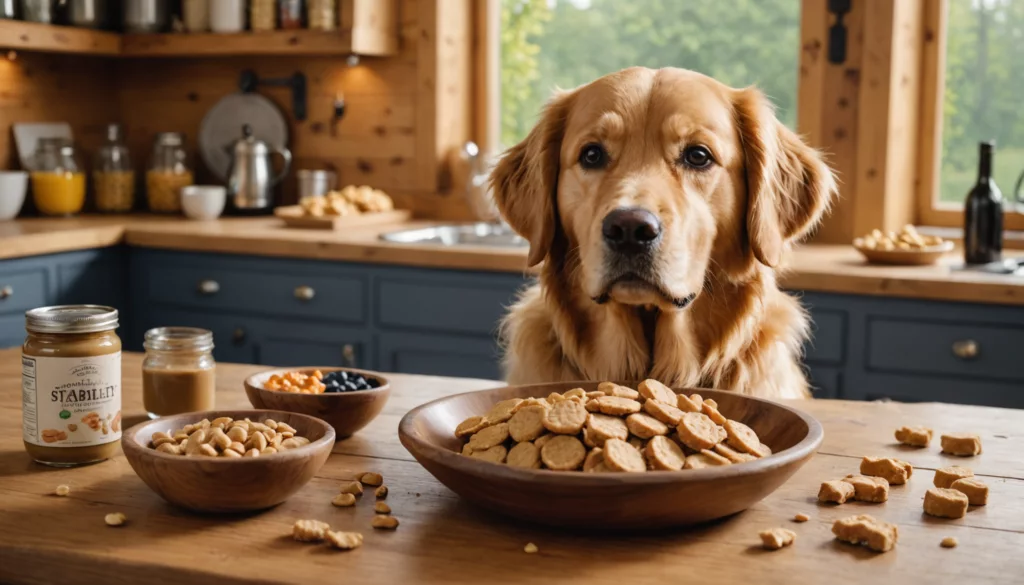
When you ask “what is a dog’s favorite food,” peanut butter often tops the list. Many dogs enjoy this creamy snack, especially when it is free from harmful ingredients. Peanut butter also works as a tasty motivator during dog training.
Benefits of Peanut Butter for Dogs
You give your furry friend valuable nutrients each time you offer peanut butter. It contains protein that supports muscle strength and healthy fats that help maintain a shiny coat. Peanut butter also provides vitamins B and E, along with niacin for proper metabolism. Remember to pick unsalted varieties and avoid xylitol, which is toxic to dogs.
Other Treats Dogs Go Crazy For
Many dogs enjoy a variety of foods when offered in moderation. Some popular options include:
• Freeze-dried meat treats
• Dental chews
• Small, soft training treats
• Biscuit-style treats
• Fresh carrot sticks
Below is a quick comparison of different treats:
| Treat Type | Main Benefits | Best Used For |
|---|---|---|
| Freeze-dried meat | Natural protein source | High-value reward |
| Dental chews | Supports oral health | Supervised chewing |
| Training treats | Small, low calorie | Quick rewards |
| Fresh vegetables | Low calorie, nutritious | Daily snack |
How to Make Homemade Dog Treats
Try simple Peanut Butter Banana Treats as an occasional treat. Mash one ripe banana with 1/3 cup peanut butter, then add one cup whole wheat flour. Shape small balls, flatten them, and bake at 350°F for 15 minutes. Stick to dog-safe ingredients and store extra treats in airtight containers.
Treat Portioning and Frequency Guidelines
Keep treats to about 10% of your dog’s daily calories. For a 30-pound dog, offer two or three small treats each day. Adjust treat sizes if your dog is more active or needs extra motivation during training. Always watch your dog’s weight and consult a vet if you have concerns.
Food Allergies and Sensitivities in Dogs
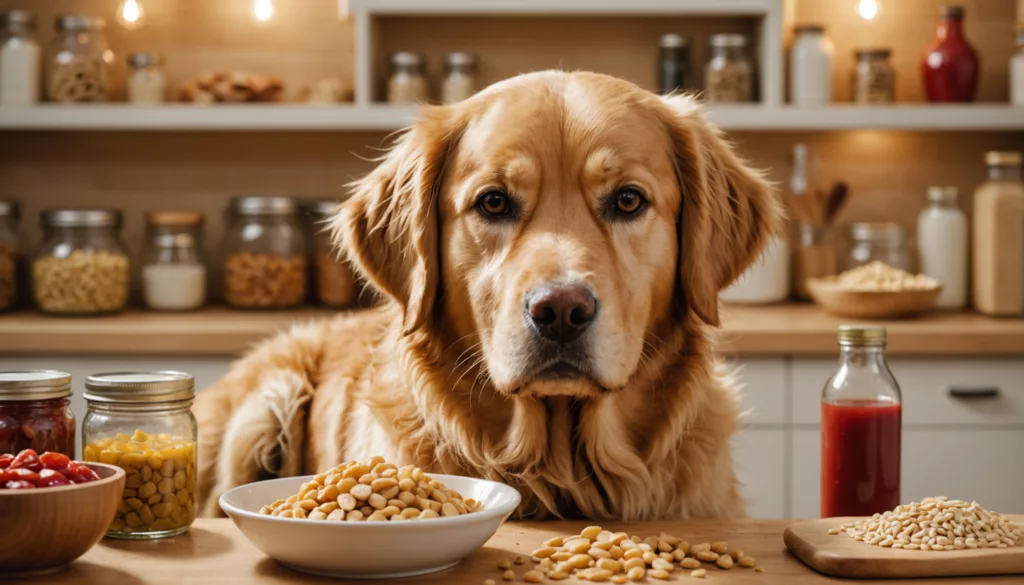
Food allergies can affect your furry friends in many ways. If you’re wondering what is a dog’s favorite food, you may also want to learn how certain ingredients trigger allergies. This section helps you spot signs of food sensitivities and find safer foods.
Common Food Allergens
Many dogs can’t tolerate common proteins like beef or chicken. Grains such as wheat or corn also trigger reactions. Dairy products, fish, soy, and eggs can cause rashes or digestive upset. These ingredients often appear in commercial dog treats and meals.
Signs of Food Intolerance
Some dogs develop itchy skin and chronic ear infections when they eat problematic foods. You may see vomiting and diarrhea, which show your pooch can’t digest certain ingredients. Check for paw licking or restlessness after meals. Behavioral changes, like rubbing the face on furniture, may also mean your dog needs a new diet.
Hypoallergenic Food Options
Novel protein diets contain meats like rabbit or duck. These options are less common in many dogs’ meals. Limited ingredient diets focus on one protein source and one carbohydrate, which makes it easier to find safe foods. Hydrolyzed protein diets also help reduce bad reactions by breaking proteins into smaller pieces.
| Diet Type | Benefits | Considerations |
|---|---|---|
| Novel Protein | Less common meats | Cost may be higher |
| Limited Ingredient | Simplifies tracking | Flavor choices can be limited |
| Hydrolyzed Protein | Reduces risk of reaction | Often needs a vet prescription |
Talk to a vet before you cook with new meats or switch to raw food. Observe any changes in behavior or digestion to keep your puppy happy and healthy. Regular checkups and a balanced diet can help you manage canine food sensitivities and support your dog’s wellbeing.
Conclusion
Understanding your dog’s favorite foods is all about finding the perfect balance between what they love and what’s good for them. From protein-rich meats to healthy fruits and vegetables, your furry friend can enjoy a variety of nutritious foods that keep their tail wagging and their body healthy. Remember that every dog is unique, with their own special taste preferences and dietary needs.
Whether you’re choosing commercial dog food, making homemade treats, or offering safe human foods as occasional treats, always keep portion control and safety in mind. Pay attention to your pup’s reactions to different foods, and don’t forget to check with your vet about any specific dietary needs. With the right mix of wholesome ingredients and tasty treats, you can make mealtime an exciting and healthy experience for your four-legged friend!
FAQs
1. What foods do dogs naturally prefer?
Many dogs respond well to high-fat profiles and strong aromas. Kibble that lists real meat as a primary ingredient usually attracts canine taste buds. Quality meat proteins help meet nutritional needs.
2. Do commercial foods match natural preferences?
Some brands formulate recipes with hearty flavors to entice a dog’s keen sense of smell. Many include veggies like green beans or carrots for extra nutrients. Check labels to ensure wholesome ingredients.
3. How often should dogs eat each day?
Adult dogs often benefit from two meals at consistent times. Occasional treats can be offered but should remain only 10% of daily calorie intake. Fxed feeding routines help prevent overindulging.
4. What portion sizes are best?
Check packaging for daily feeding suggestions, then adjust based on activity level. Monitor weight closely to avoid obesity or digestive issues. Consult a vet if uncertainty remains.
5. Which foods are unsafe?
Items like chocolate, onions, grapes, and raisins are poisonous to dogs. Xylitol, found in some sugar-free products, can cause severe harm. Keep these foods out of reach.
